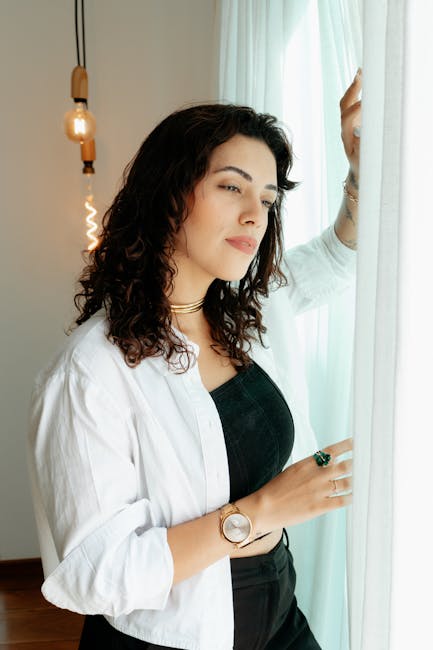Top Color Schemes That Reflect the Calm and Elegance of Modern Minimalist Interiors
Introduction
Modern minimalist interiors are all about creating serene and sophisticated spaces through simplicity, functionality, and a carefully curated color palette. The right color scheme can amplify the sense of calm and elegance that defines this design style. This article explores the top color schemes that perfectly embody the essence of modern minimalist interiors, helping you create your own tranquil haven.
Main Color Schemes for Modern Minimalist Interiors
Neutral Harmony: The Foundation of Minimalist Design
Neutral color schemes are the cornerstone of minimalist design. They provide a blank canvas, allowing architectural details and carefully selected furniture to shine. These schemes often revolve around various shades of:
- **White:** Crisp and clean, white maximizes light and creates a sense of spaciousness.
- **Gray:** Offers versatility and sophistication, ranging from cool, modern grays to warmer, more inviting tones.
- **Beige and Cream:** Add warmth and softness, preventing the space from feeling sterile.
- **Greige:** A blend of gray and beige, providing a balanced neutral that works well with various textures.
Monochromatic Magic: Depth and Texture Within a Single Hue
A monochromatic color scheme uses different shades, tints, and tones of a single color to create depth and visual interest. In minimalist design, this approach is often used with neutral colors, but can also be effective with muted greens, blues, or even terracotta.
Key considerations for a successful monochromatic scheme:
- **Vary Textures:** Incorporate different textures like linen, wool, or wood to add visual interest.
- **Play with Light:** Use natural and artificial light to highlight different shades and create shadows.
- **Introduce Subtle Patterns:** Consider subtle geometric patterns or textures in textiles or rugs.
Earthy Elegance: Bringing Nature Indoors
Earthy color schemes bring a sense of calm and connection to nature into minimalist spaces. These schemes often feature:
- **Warm Browns:** Evoke a sense of comfort and stability.
- **Muted Greens:** Add a touch of tranquility and freshness. Sage green, olive green, and eucalyptus are popular choices.
- **Terracotta:** Adds warmth and earthy sophistication.
- **Stone Gray:** A natural and grounding neutral.
To enhance an earthy minimalist palette, consider incorporating natural materials such as wood, stone, and plants.
Accent of Serenity: Strategic Pops of Color
While neutral palettes dominate minimalist design, strategic pops of color can add personality and visual interest without disrupting the overall sense of calm. When using accent colors:
- **Choose Wisely:** Select colors that evoke tranquility, such as muted blues, greens, or soft yellows.
- **Use Sparingly:** A little goes a long way. Focus on a few key areas, such as artwork, cushions, or a single piece of furniture.
- **Maintain Balance:** Ensure the accent color complements the overall neutral palette and doesn’t overwhelm the space.
Examples of effective accent colors in minimalist interiors include:
- Dusty Blue
- Soft Sage Green
- Pale Yellow
- Coral (used sparingly)
Black and White: Timeless Contrast
The classic combination of black and white creates a striking and sophisticated minimalist aesthetic. This scheme relies on strong contrasts and clean lines. To avoid a stark or cold feeling:
- **Incorporate Gray Tones:** Introduce shades of gray to soften the contrast.
- **Use Texture:** Layer different textures to add depth and visual interest.
- **Add Warm Wood Accents:** A touch of warm wood can bring a sense of warmth and balance to the scheme.
Conclusion
Choosing the right color scheme is crucial for achieving the calm and elegant aesthetic of modern minimalist interiors. By focusing on neutral harmonies, monochromatic approaches, earthy tones, strategic accents, or the timeless contrast of black and white, you can create a serene and sophisticated space that reflects your personal style. Remember to prioritize simplicity, functionality, and a carefully curated color palette to truly embody the essence of minimalist design.




Post Comment